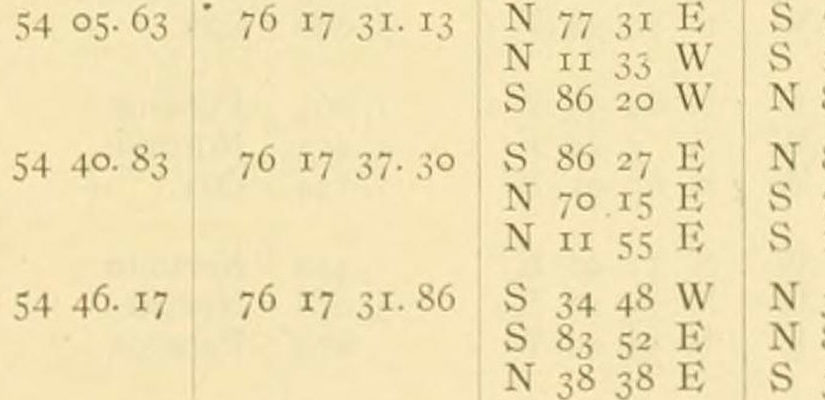It’s not often something changes for the better, but I’m always pleased when they do!
Once again, I’ve found myself tasked with attaining Microsoft Gold level partnership for my employer. For those who have never had the pleasure, the process consists of attaining a combination of competencies (associated certified professionals, tested products etc.), customer references and the dreaded CSAT (Customer Satisfaction) survey.
In the past, the CSAT consisted of 30 questions, many of which applied to Microsoft product resale, which isn’t applicable to many would-be partners.While questions could be added (though I can’t imagine why anyone would want to), none could be removed.
Since then (about April of 2013 or so), the survey was reduced to only 5 questions that actually pertain to customer satisfaction – imagine that!
It’s hard enough asking for a customer’s time to fill out a survey, but if I must, I’d prefer it be short and to the point. I believe this iteration of the CSAT does just that.
So why the change? Did someone at Microsoft read my 2009 rant on the subject and act accordingly? Doubtful, but it’s a nice thought anyway :). Regardless, I’m happy it did, and hope this trend continues!




